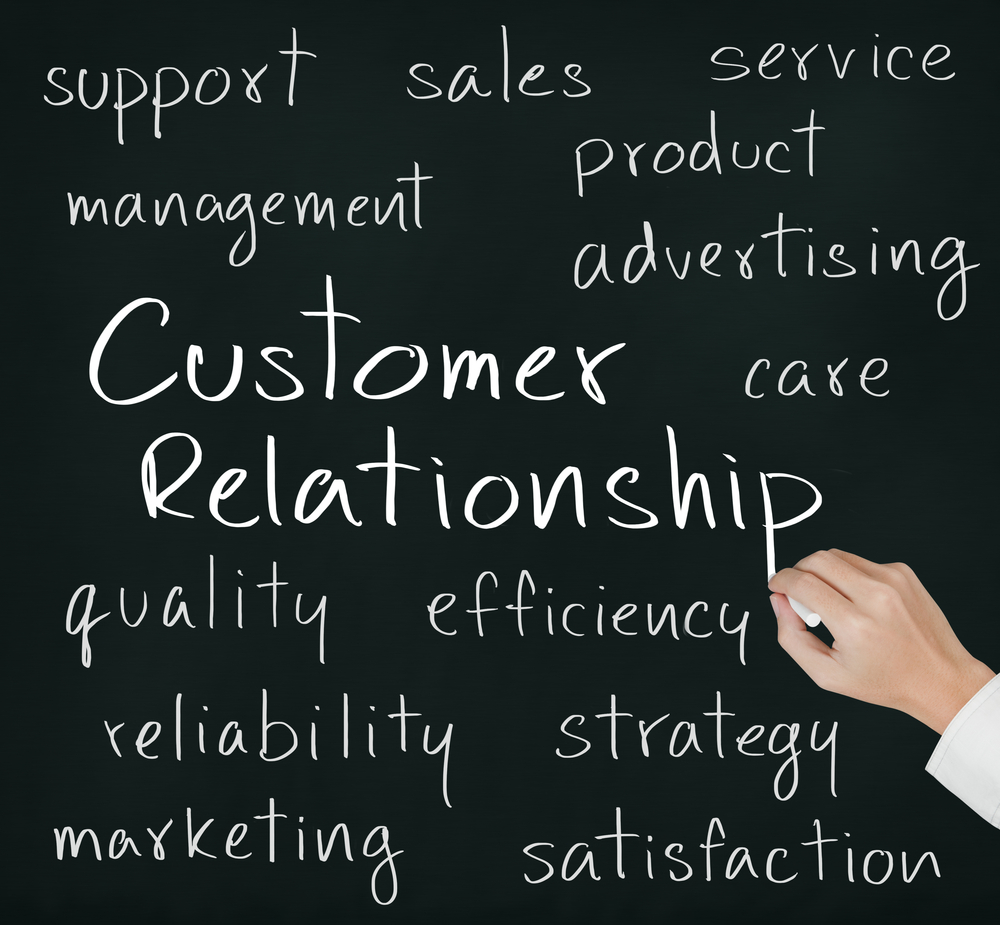U.S. retailers must invest resources in customer loyalty campaigns if they want to remain competitive. Today’s average American shopper has grown increasingly savvy, unwilling to pay more to obtain in-demand goods. How can organizations retain their customers without slashing prices too much? Brands must mitigate consumers‘ pain points throughout their internet marketing ventures to convey the absolute value of their products and increase brand visibility.
In a recent eMarketer report entitled, „Customer Loyalty: Emotional Bonds Trump Monetary-Based Loyalty Programs,“ data showed that 70 percent of internet users buy online and comparison shop from their mobile devices. However, brands invest more marketing spend in customer acquisition efforts at the expense of retention programs. As mobile technology gets persuasive media in front of consumers, people tend to try new products rather than stay loyal to brands that fail to court their business.
When retailers chose to focus on acquisition over retention, they fail to target an entire segment of people. In fact, neglecting past customers can leave a bad impression and even drive these shoppers to seek out competitors. How can brands build an effective and long-lasting retention program without breaking the bank? Content marketing.
According to Adobe data from Q2 2012, repeat shoppers make up only 8 percent of site visitors, but they generate approximately 41 percent of site sales. To keep consumers coming back for more, brands can publish web content that educates and speaks to their needs, and show additional value through social media marketing and unique promotional events online.
Dynamic content marketing campaigns can speak to consumers throughout the sales cycle.
An Edgell Knowledge Network survey attempted to identify ways for businesses to develop authentic customer loyalty programs without cutting costs so significantly that efforts affect their bottom lines. While 68 percent of surveyed respondents indicate they maintain brand loyalty when they receive more personalized offers, others noted that social media engagement (64 percent) and cross-channel integration (40 percent) also keeps them engaged with companies online.
Dynamic content marketing campaigns can speak to consumers throughout the sales cycle, whether they’re inactive or on the conversion cusp, and brands must embrace earned media as a lead nurturing asset. As consumers spend more time on the ’net, retailers will adjust their marketing spend to create a balanced agenda that acquires and retains shoppers for long-term results.




